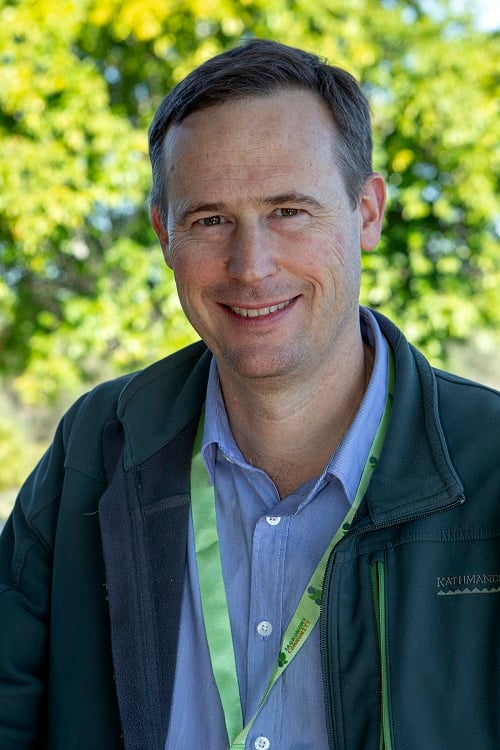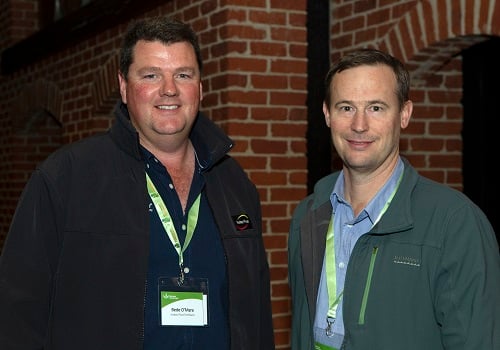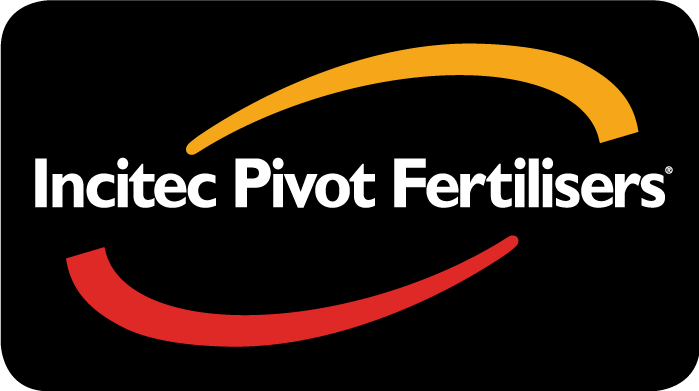Phosphorus deficient in brigalow soils
Aug 27, 2018Queensland’s $5 billion beef cattle industry is losing productivity because of the decline in phosphorus availability in brigalow soils and the lack of legume-based pastures.
Gavin Peck, senior pasture agronomist with the Queensland Department of Agriculture and Fisheries in Toowoomba, told agronomists at an Incitec Pivot Fertilisers forum last month that pasture “rundown”, caused by nitrogen being tied-up in soil organic matter, had halved productivity in the brigalow belt, even though the region carries 30 per cent of northern Australia’s beef herd.
Pasture legumes have been identified as the best long-term option to increase the productivity and returns from both “rundown” sown grass pastures and native pastures through directly improving the diet quality of cattle and increasing nitrogen supply to grasses which leads to better grass growth and feed quality.
However, for legumes to grow well they need adequate phosphorus levels in the soil.

Gavin Peck from QDAF says pasture ‘rundown’, has halved the productivity of beef cattle in the brigalow belt.
Research by QDAF and the University of New England funded by Meat and Livestock Australia found that graziers and advisers need to challenge the paradigm that phosphorus is adequate for pastures in the brigalow belt.
“These brigalow soils in southern and central Queensland were widely thought to have adequate phosphorus to support cropping, sown pastures and grazing animals, but our research shows conclusively that this is not the case for large areas,” Mr Peck said.
“The reality in the brigalow country is that phosphorus levels are variable with large areas with low soil phosphorus and these deficiencies are having an adverse effect on cattle production.
“Our work shows that with a major change in attitudes to fertiliser use, graziers can improve their returns by incorporating legumes in grass pastures and ensuring they are well supplied with phosphorus and other key nutrients.”
The brigalow belt spans inland and eastern Queensland from Townsville south to Dubbo in New South Wales, covering around 36 million hectares and accounting for 15 per cent of grazing land in northern Australia.
Thirty to 50 years ago, these soils were cleared and burnt for cropping or sown to pasture, mainly buffel grass for grazing.
“This clearing and burning initially led to a big release of phosphorus, but when we examined more recent soil test results, we found that plant available phosphorus levels have dropped dramatically, more so in pastures than cropping, and only one-third of these soils have enough phosphorus to maximise legume pasture growth,” Mr Peck said.
“Across three different soils databases, 20 – 30 per cent of soils had Colwell P levels less than 10 mg P/kg, a level where legumes will respond to phosphorus fertiliser and stock may benefit from supplements,” he said.
“Additionally, for clay soils with less than 10 mg P/kg, 85 per cent also had low sulphur levels.”
A survey of Leucaena growers by the University of Queensland back in 2007 found that 58 per cent reported declining productivity, with only 10 per cent using fertiliser at establishment and 2 per cent applying fertiliser in established pastures.
However, trials at Wandoan and Moura found that pasture growth and liveweight gains in cattle improved when they grazed legume-based pastures supplied with adequate levels of phosphorus.
“Our work found that legumes offer huge potential to improve animal performance, with 60 – 160 per cent increases in liveweight gains per hectare and gross margins doubling,” Mr Peck said.
“For example, native pastures such as stylos can produce an extra 40 – 60 kg/head/year when they are supplied with sufficient nutrients, while Leucaena will grow an extra 60 – 90 kg/head/year.
“With adequate phosphorus levels, nitrogen fixation and cycling works better, so the pastures grow more grass of higher quality.”
The research found that the economic returns from a switch to more legume-based pastures were impressive, across a range of soil fertilities, legume species, pasture situations and fertiliser strategies.
Returns improved by between 9 – 30 per cent, with the highest returns occurring when legumes were sown into high phosphorus soils.
“Sowing legumes and putting fertiliser on those legumes on low P soils are the best thing that graziers in the brigalow belt can invest in,” Mr Peck said.
“And the economics are even better today at current beef prices, compared with prices five years ago that were used for our analysis.”
Mr Peck emphasised that high production needs high legume content, with paddocks having approximately 50 per cent of the pasture being legume as a simple rule of thumb.
This means having high numbers of legumes of more than 4 plants/square metre for most legume species and providing them with a good supply of nutrients, especially phosphorus as it is commonly the most limiting nutrient for legumes.
 Bede O’Mara from Incitec Pivot Fertilisers met with Gavin Peck from QDAF who spoke about the rundown in phosphorus in Queensland’s brigalow belt at the Agronomy Community forum in Brisbane.
Bede O’Mara from Incitec Pivot Fertilisers met with Gavin Peck from QDAF who spoke about the rundown in phosphorus in Queensland’s brigalow belt at the Agronomy Community forum in Brisbane.
